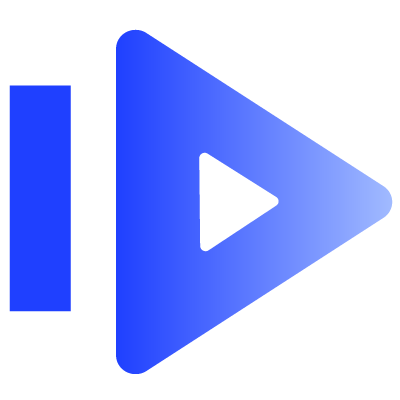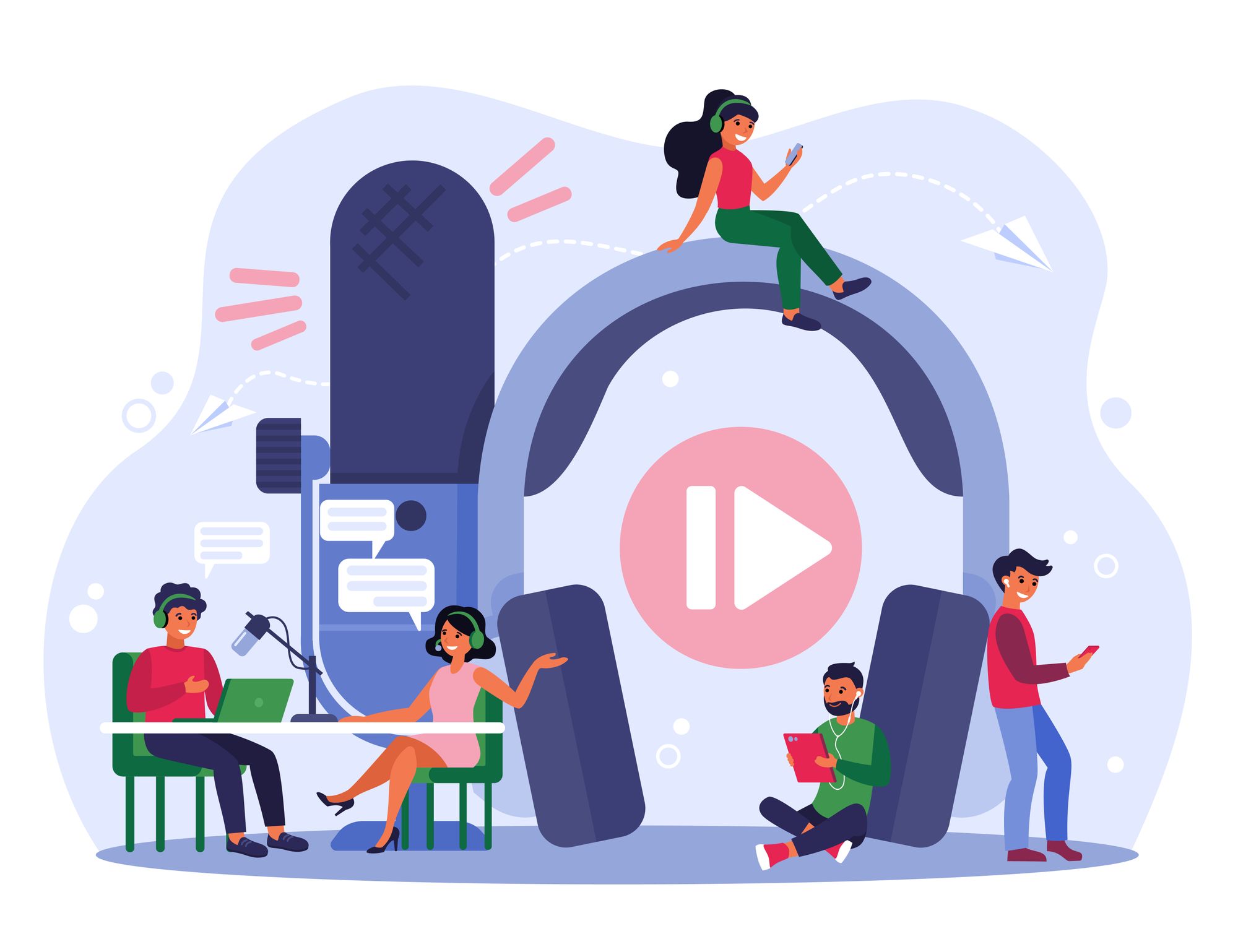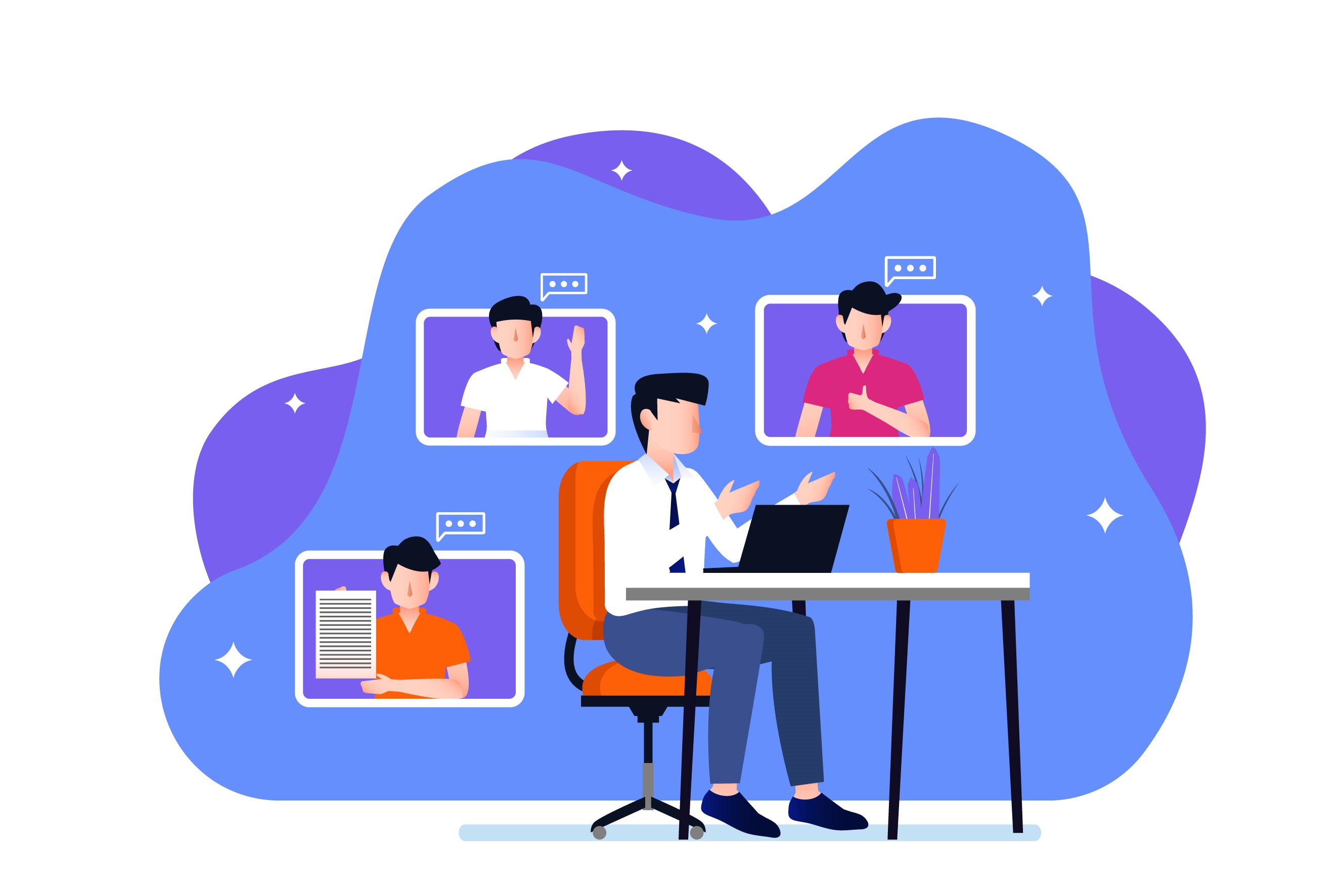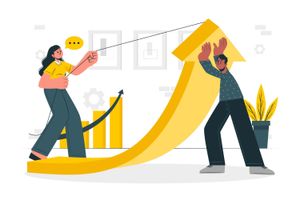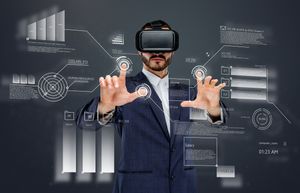If you are getting tired of picking your brain deciding between video show and podcasts, this blog post is for you.
Video shows and podcasts are not comparable in any way, shape, or form when it comes to the B2B space. But, we still get asked this question a lot.
We attribute this to the noise around video shows, and a reluctance to put in the effort required by video production.
But the pros outweigh the cons. Podcasts, however, help marketers create a niche audience that is always in tune with their latest releases and is plugged in to witness the journey of the brand.
When it comes to building brand affinity, there is a clear winner between the two. Read further to find out which one that is, and why.
What is a Video Show?
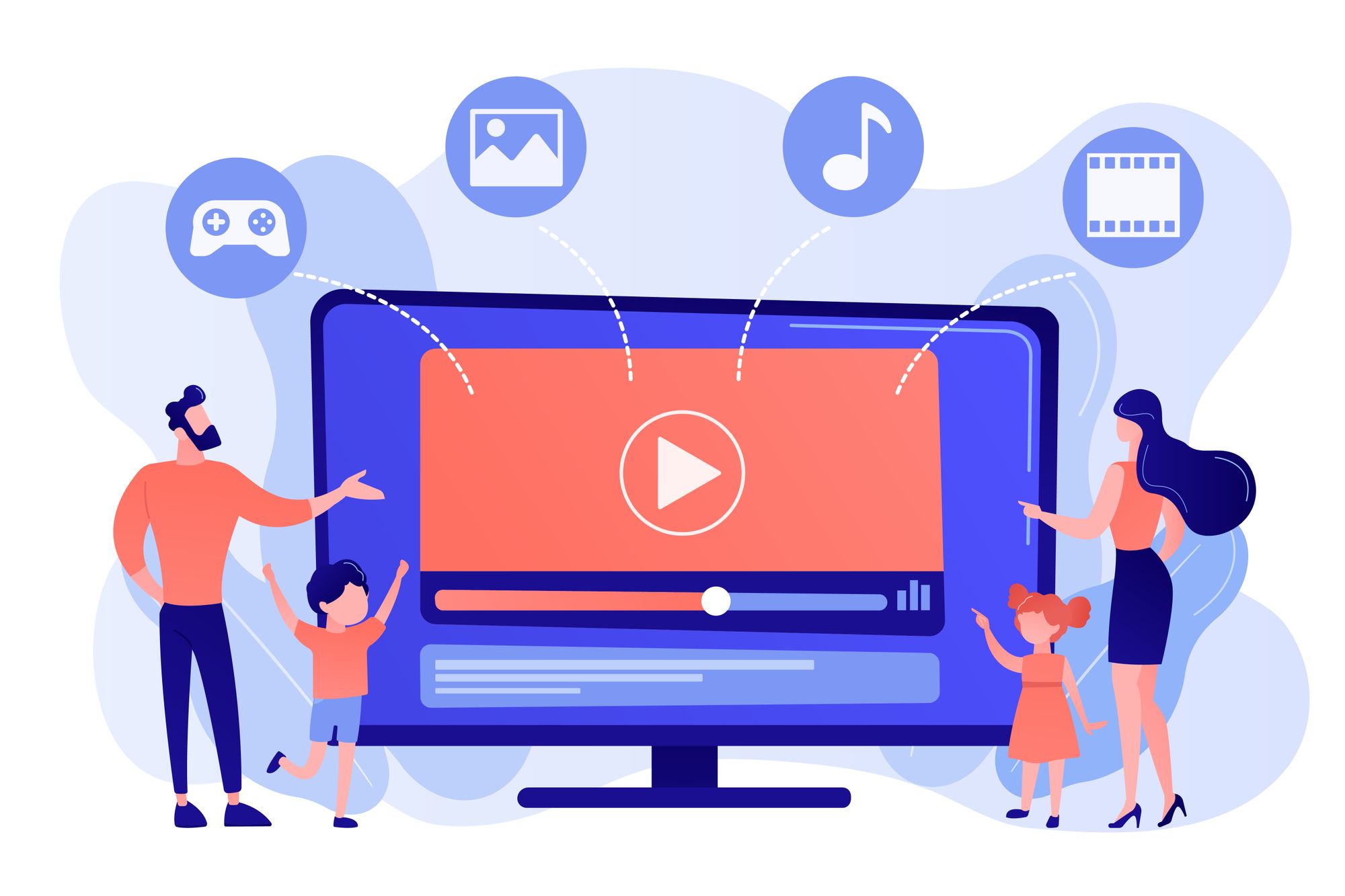
A video show is a video or series of videos documenting a chain of events, educational subjects, or a general conversation through the recording of live-action moving images or motion graphics.
In the case of a series, each part would be referred to as an episode.
A video show generally is a continuous set of videos, sometimes following a linear trajectory towards a logical end, and other times just following a format.
For example, a series of video lectures can be referred to as a video show. The same is true for a series of conversations with an expert.
What is a Podcast?
A podcast is an audio recording of the spoken word about a specific or set of topics, educational, events, or conversations.
Podcasts are generally audio-only, and podcasts transmitted with videos are referred to as vodcast or video-podcast.
Podcasts generally are broadcasted episode-wise, and an umbrella term (name of the podcast) is used to define the format, theme, and hosts.
The format and theme of a podcast are an integral part of the podcast and are often used as identifiers for the same.
Video Show Versus Podcast: What’s Right For You?
Both video shows and podcasts are long-form content, i.e., are longer than 10 minutes in duration, averaging around 30 minutes.
Most of the differences between podcasts and video shows stem from the technical differences between the medium of transmission for both, which are audio for podcasts and videos for video shows.
Videos are recordings of motion graphics or moving images along with audio, and audio records only the spoken word.
The limitations of each of these mediums have an impact on the results, or the series thus produced. Further, these limitations have a greater impact on their effectiveness as marketing tools.
Before we begin dissecting each of these limitations, it is important to note that both video shows and podcasts find a reasonable space each in consumption, and very easily co-exist in the world today.
As marketers, however, you might want to look at the pros and cons of each of those below to decide what is better for your business, or you might want to adopt both of these.
But for the scope of this blog, we will be pitting both of these against one and another, and coming to a conclusive winner.
When Should You Consider Starting a Video Show?
Pros
People Trust Videos
As humans, we recognize facial features and identify them with strong emotions. It is just a part of our primary physiology. And to that effect, videos have a lasting impression on us.
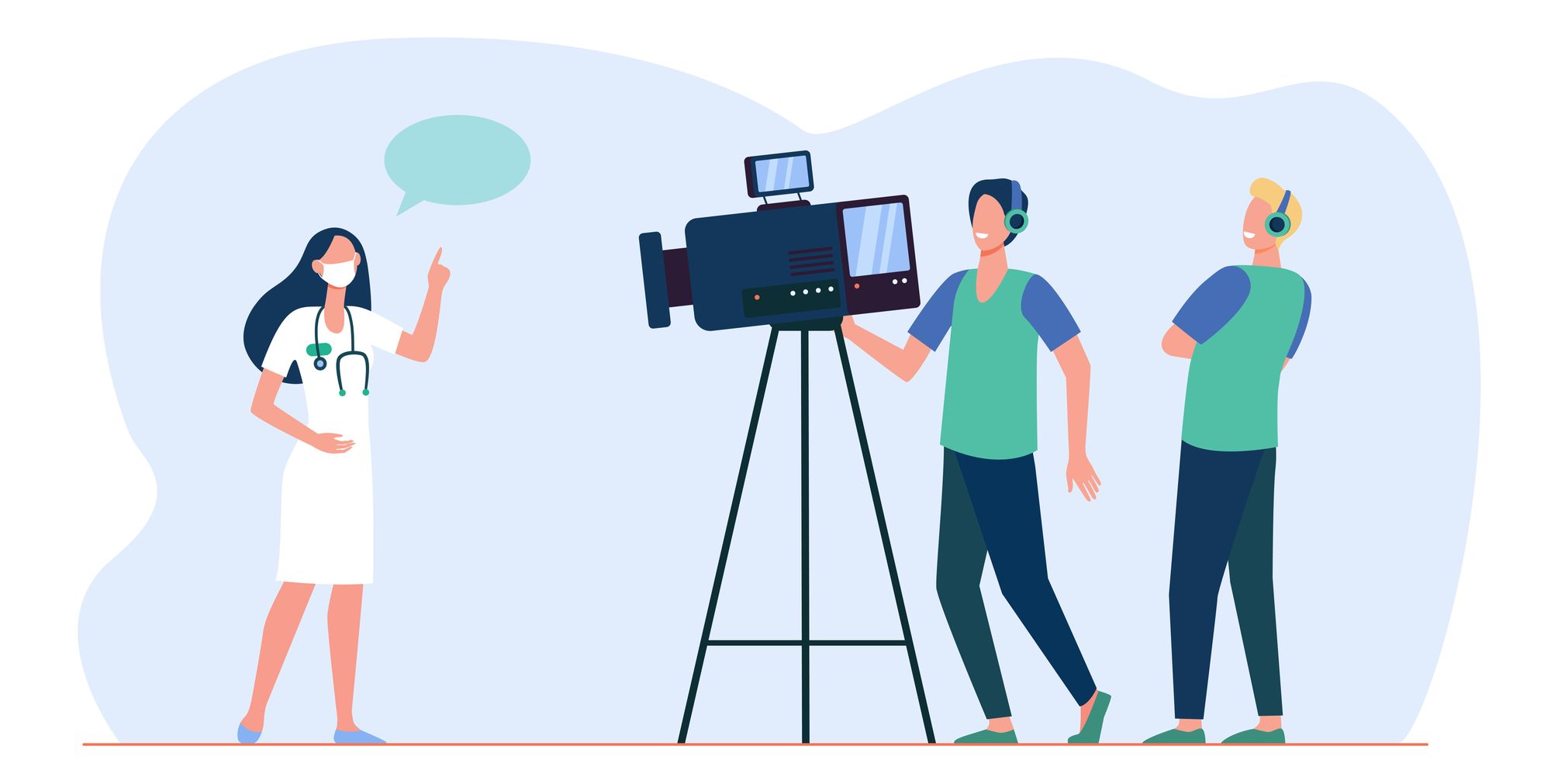
This is why people tend to trust videos and people they often see in videos. This is why people are willing to worship movie stars, or tv show hosts. Radio jockeys, however, do not find such massive recognition or fame.
With videos, you stand a greater chance at building brand affinity. People will associate what they see with your brand. Whether you are showing a series of animation, your screen recording, or your face.
The advantage lies with videos when it comes to direct association and affinity because it involves two senses instead of one (as in audio), and an extremely important one at that. People remember what they see better than other sensory inputs.
Video Shows Can Be Converted Into a Podcast
A video show can be instantly turned into a podcast, simply by removing the video and a few bits where visuals are a factor in the subject matter.
Further, it is also easier to repurpose video shows into other formats of videos by editing these appropriately.
For example, if you have a tutorial video show, you can create short clippings of these for social media, and you will find as much or more traction as the video show itself.
Easier to Convey More Information
There are a lot of complex concepts that can be easily simplified using some visuals and or graphics. For example, if you want to record a how-to, you can simply record your screen and show the users how to do a certain task.
This is attributed to videos, and visuals since time immemorial. Drawings of the cavemen are proof of this. So is virtually every designing module in the world today.
With videos, you have a lot more room to experiment. If you can’t gesticulate your point across, you can use an image or an animation. If the animation doesn’t make the cut, you can record live action. You can give your audience the entire experience.
Fit Marketing Goals Better
Videos are a subject of adulation and love from many in the audience and others facilitating the audience with information.

One of these facilitators is the long-time friends of marketers, called search engines. Google loves videos and uses videos as a key factor in SEO rankings. Also, it is important to note the second most used search engine in the world is a video hosting platform, i.e., YouTube.
Further, social media loves videos. Both long and short form. There are virtually no social media platforms out there that don’t include videos. There are many centered around videos. This is not the case with audio.
You can plug videos into your emails and find a massive increase in clickthrough rates. And you can host videos on a controlled platform using StoryXpress to drive conversions and give viewers a premium, state-of-the-art experience.
Cons
It is Harder to Conceptualize Videos
Videos require some work to conceptualize. You have to have a script, a topic, a panel, a series of different subtopics.
Moreover, you need a solid vision to come up with a video show that works for your brand and your audience, as well.
There is nitty-gritty to filmmaking in general that requires attention to detail, and a smooth flow of the story.
Requires Elaborate Set-up
Videos require everything a podcast requires and more.
There is the set, the camera, the lighting, the microphone, the props, additional tools.
There is a lot that goes into recording a video in terms of the elements at play. You can somewhat reduce the number by using a webcam to record your videos, which can be easily used to create wholesome video shows using tools like the StoryXpress Screen Recorder.
Post-production Takes Effort
Once you are done recording the video, the real battle begins.
Editing is a tedious process and requires patience and skill. Video shows can be butchered with bad editing. And can go positively viral with good editing.
The power of editing is undeniable, but it requires a lot of effort.
If you are recording the audio separately, you need to put the visuals and audio together and that can be challenging for new creators.
Again, it is recommended you use simple means of recording video shows like screen recording, and webcam recording to avoid this.
Also, if you want to add any graphics or if you are creating the entire video show with motion graphics, you will need time and equipment.
When Should You Consider Starting a Podcast?
Pros
Minimal Requirements
You don’t need an elaborate set, any cameras, or lights when it comes to recording podcasts . However, you do need a comfortable chair and a good enough microphone. Which is anyway a requirement for videos as well.
So in terms of requirements, podcasts have an upper hand.
On the Go Recording and Publishing

It is easier to create live podcasts because we are habitual to it.
Compare the amount of time you spend on an audio call to a video call. Audio calls will take the lead because they are easier to conduct. Also, it is easier to have a cheat sheet right in front of you whilst recording a podcast.
So you can easily read out from your notes, or instantly look up things without anyone in the audience knowing.
Easy to Create Remotely
Following up on the above point, conducting online audio calls is easier than video calls.
This is not a fault of the medium, but the technology surrounding the transmission of the medium.
The lag is higher with videos, and recording videos remotely can be tricky for those marketers who haven’t yet installed this amazing browser extension called the StoryXpress Screen Recorder.
However, recording audio remotely is easier and can be done using crude technology like phone calls.
Hosting audio is also easier, but hosting platforms for podcasts don’t get as much traction.
Easy Listening for Users
Listeners don’t need to look at their screens when listening to a podcast, so they can multitask whilst listening to a podcast.
The convenience is a huge factor in why podcasts are a hit, and why they continue to have a niche audience.
Cons
Harder to Get Complex Concepts Across
You can’t use graphics or screen recording in a podcast. You have to link a page via the chat to your audience if you want to show them something.
And let’s face it is extremely difficult to showcase the efficacy of your product without actually showing the product.
Less Scope Brand Affinity
With just audio at play, listeners don’t have elements for building strong associations.
Maybe the intro or a phrase stands out, but that reduces the scope of brand affinity otherwise offered by video shows.
Can’t be Instantly Converted to Videos
Converting podcasts into video shows is a long-drawn process.
It requires sketching out motion graphics or live-action for the audio piece by piece, which is extremely tough considering it is long-form content.
Take More Time to be Appreciated for What They’re Worth
Podcasts do give out the necessary information, and may at times be of a lot more value than any video shows on the same topic.
This is because, when people are working with the spoken word, they tend to be a lot more articulate with what they are saying.
With a video, presenters can take for granted, the content of their show. But podcasters are generally a lot more cautious of what they are saying and tend to find better ways to express themselves.
But this is a con. Why? Because this genius rarely gets the recognition it deserves.
Podcasts aren’t exactly accessible or add to the marketing strategy. Unless you already have an audience, getting your podcast on the popular lists is tough. Videos have a higher chance of discoverability and thus, get appreciated more easily.
What’s Right for You: Video Show or Podcast?
The idea of using either of these is to fit your overall marketing goals. And when it comes to marketing goals, videos have the upper hand.
If you think you don’t have the appropriate budget or the extensive equipment involved in creating a video show, then you need to download the StoryXpress Screen Recorder.
It is a simple tool that lets you record high-quality videos using your screen and webcam. Further, it also hosts all your videos on a premium, ad-free hosting platform.
Podcasts are great if you already have a large audience willing to engage with you on a deeper level.
But marketing with podcasts is an extremely tough thing to do, and only relevant to a small portion of audiences. Most people prefer video shows to audio podcasts in the B2B space.
However, you can use both video shows and podcasts for your business, if you have the resources. But, overall, video shows clearly stand out as the better of the two.
As we conclude this battle of the beasts, it is important to reiterate that podcasts and video shows don’t compete with each other head-on, practically speaking.
Podcasts have an audience, a large part of which is a subset of the much larger set of video show audiences. And both of these are enjoyed for different reasons by different people.
It is also important to note that video shows and podcasts combine to create another force of nature called video podcasts, and you can read more about these here.

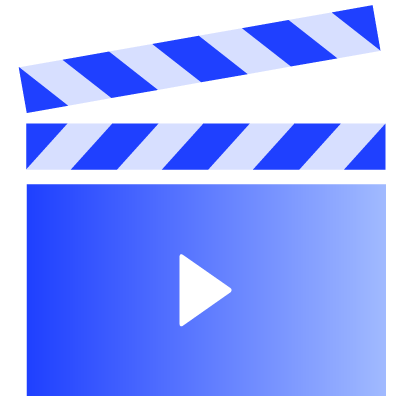
 Free Screen Recorder for Chrome
Free Screen Recorder for Chrome

